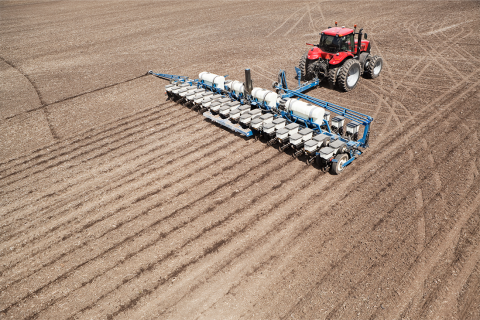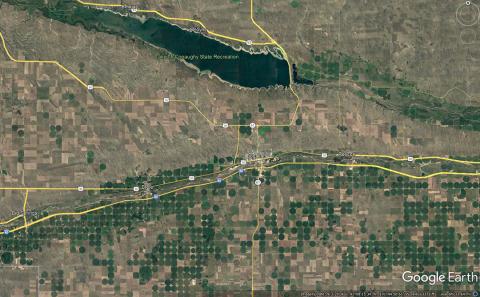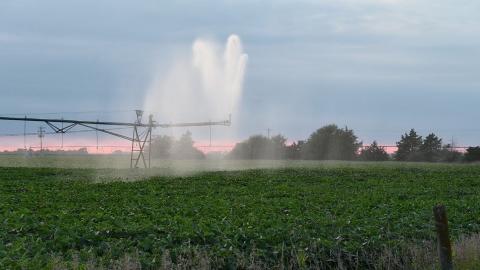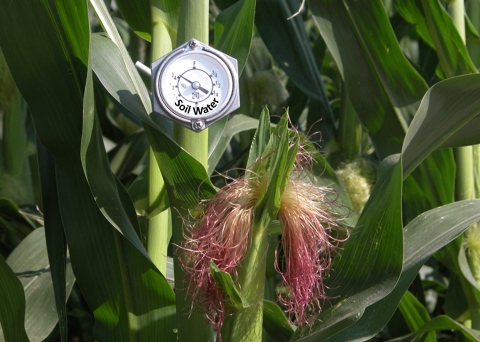Considerations for Planting into Dry Conditions
April 12, 2024
As planting is critical for everything else that happens during the growing season, the dry conditions have led to a variety of questions this spring regarding soil conditions, planting depth, irrigation and herbicides.
New Article Traces Aspects of the History of Irrigation in the Great Plains and Water Productivity
March 23, 2022
A review of the history of irrigation in the Great Plains region from a geographical, technical and political perspective, as well as how it has impacted water resources.
Scheduling the Last Few Irrigations of the Season Deserves More of Your Management Time Than Earlier Irrigations
August 19, 2021
University of Nebraska irrigation scheduling recommendations encourage irrigators to allow crops to continue using more of the stored soil water starting in August and continuing into September when the crop matures.
Early Season Interseeded Cover Crop Driving Tour June 29, 2021
June 18, 2021
This free tour will provide an opportunity for individuals interested in interseeding cover crops to view interseeded corn and soybean fields at several locations across Nebraska.

Results from Interseeding Cover Crops into Corn or Soybean
May 12, 2021
A summary of the studies conducted via Nebraska On-Farm Research and Soybean Management Field Days on interseeding cover crops into living corn and soybean.
Interseeding Cover Crops into Corn and Soybean: What We’ve Learned
May 6, 2021
Due to recent research efforts, Nebraska Extension educators expand recommendations on techniques and plant species used for interseeding cover crops in corn and soybeans.
Center Pivot End Gun Considerations
August 20, 2020
End guns have been on center pivots from almost the beginning and the merits of their use have been debated about as long. Some farmers would not have a pivot without an end gun and others would not have a pivot with one.
How To Keep Irrigation Cost Down On A Dry Year With Low Grain Prices
July 16, 2020
Irrigation expenses are usually the biggest energy cost on the farm. On dry years, they become even higher. So how does one know when the system must be started and when it can be turned off? How should the low commodity prices this year affect these decisions?








